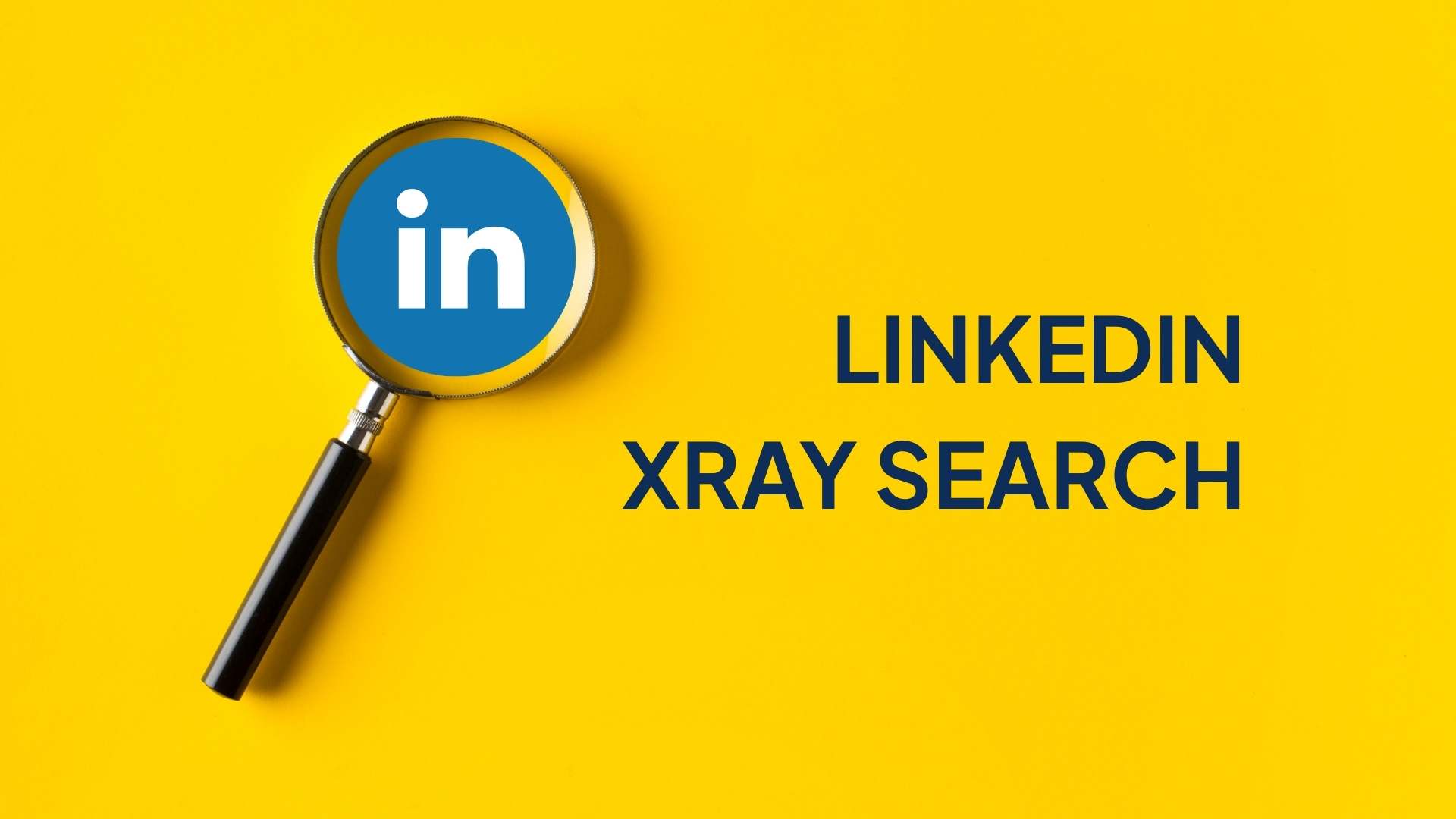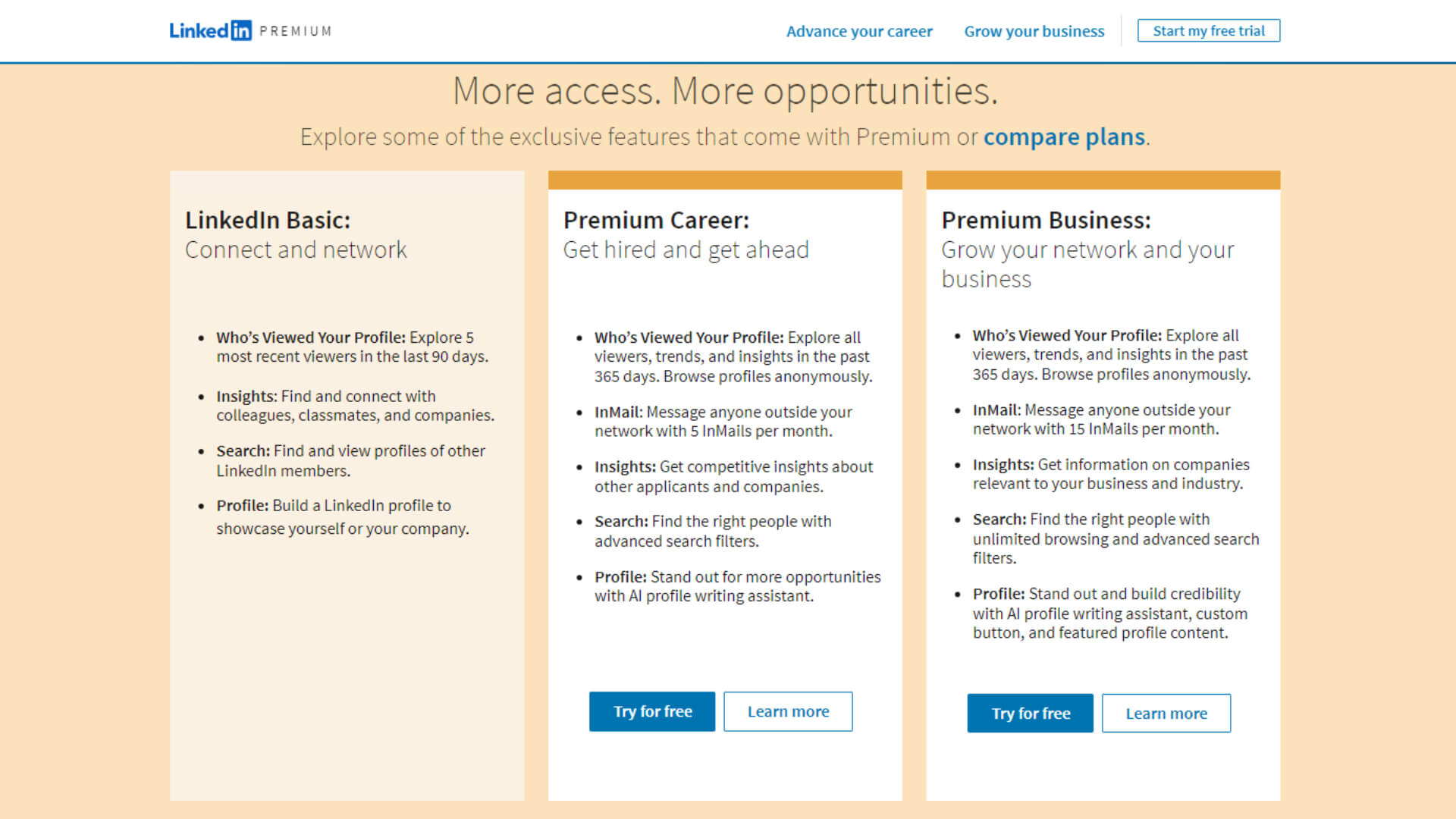
One of the most effective tools for professional networking is now LinkedIn. With more than 700 million members worldwide, it's a vital tool for anyone trying to develop their business, network with specialists in the field, or enhance their career. By guiding you through the dos and don'ts of LinkedIn networking, you'll be able to forge worthwhile contacts while upholding your professional image.
Why Networking on LinkedIn Matters
It's critical to comprehend the significance of LinkedIn networking before delving into the dos and don'ts. LinkedIn, in contrast to other social media sites, is made especially for business-related communication. LinkedIn offers the perfect setting for connecting with people who can assist you in reaching your objectives, regardless of whether you're a professional trying to grow your network, a business owner, or a job seeker.
LinkedIn networking may help you discover career prospects, increase your knowledge of the sector, improve your reputation in the workplace, and stay up to current on market trends.
It's critical to approach LinkedIn networking with the appropriate technique because there is so much to gain.
The Dos of Networking on LinkedIn
Make sure to optimize your profile.
Be sure your LinkedIn profile is optimized before you begin networking. Make sure it appropriately conveys your objectives, experience, and qualifications.
• Professional Image: Make sure your headshot is of a good caliber. Steer clear of images that are ambiguous or careless.
• Detailed Summary: On LinkedIn, create a summary that focuses on your experience, abilities, and career goals.
• Whole Experience Segment: Give a thorough summary of your work history, emphasizing achievements and abilities that are applicable to your industry.
You'll make more connections and have a better chance of networking success if your profile is optimized.
2. Do Personalize Connection Requests
Make sure to personalize your connection requests at all times. "I'd like to add you to my network" is an example of a general request that could come across as spammy or impersonal.
Instead, talk about how you met them, your desire to connect with them, or an aspect of their work that you find admirable. As an illustration, "Hello [Name], I noticed we have a similar interest in [Industry/Topic]." I loved reading your recent post about [Subject] and would want to get in touch with you to talk more about [Common Interest].
Sending thoughtful, personalized messages to your connections enhances the chance that they will be accepted.
3. Do Engage with Content
Sending connection requests is only one aspect of networking on LinkedIn; another is participating in other people's material.
Add value to your comments by expressing your opinions, posing queries, or offering further information. Steer clear of platitudes like "Great post!"
4. Please Share Useful Content
Share insightful information on a regular basis on LinkedIn to position yourself as a thought leader in your field. This might be news from the industry, articles from your own blog, case studies, or intelligent analysis of the hottest trends right now.
Additionally, it makes people want to interact with you, which creates more networking chances.
5. Do Follow Up on Connections
Send a follow-up message to initiate a conversation after establishing a new connection. Saying "thank you" for their acceptance of your request or leaving a remark on anything you both discussed could suffice.
For instance: "[Name], thank you for connecting." We had a great discussion about [Topic], and I'm looking forward to finding out more about potential future collaborations."
Following up demonstrates that you're not just growing your network for the sake of statistics but that you're serious about developing a relationship.
6. Do Attend Related Groups
You may network with people who share your interests, participate in debates, and share your skills by joining and actively participating in groups.
Make sure your contributions to group conversations are valuable and informative.
The Don'ts of Networking on LinkedIn
1. Stay clear of generic messages
Sending someone a generic message can make them feel like just another name on your list and come across as impersonal.
Steer clear of using templates without making any changes. Spend some time tailoring each message to the recipient's hobbies, profile, or the situation you're interacting with.
2. Steer clear of excessive promotion
LinkedIn is a professional networking site, but excessive self-promotion turns off users. Steer clear of messages that aim to upsell a good or service right away.
For instance, you may remark, "I noticed you're interested in [Industry/Topic]," as opposed to, "Check out my product, it's the best on the market." I'd be interested in knowing your opinions on [Relevant Topic] and whether we may be of any assistance to one another.
In networking, establishing trust needs to be your main objective. As the friendship grows, there will be opportunities to promote your business.
3. Avoid Associating with All People
Regarding LinkedIn relationships, it's important to prioritize quality over number. Focus on making connections with people who are related to your business, interests, or professional aspirations rather than attempting to connect with as many people as you can.
Making connections with everyone reduces network quality and increases the likelihood of irrelevant items overflowing your newsfeed. Make it your goal to develop a significant network that will advance your career.
4. Don’t Ignore Your Messages
Make sure you reply to messages on LinkedIn as soon as someone contacts you. Ignoring communications can give the impression that you're uninterested in networking or unprofessional.
Even if you have no interest in what the other person is providing, you should nonetheless respond politely. It keeps doors open for future opportunities and contributes to maintaining a positive reputation.
5. Don't Make Up Yourself
Integrity is vital on LinkedIn. Giving false information about your education, experience, or credentials can tarnish your credibility and reputation in the workplace.
Make sure that all of the data on your profile is correct and current. If you're unclear of how to convey specific experiences or abilities, think about consulting a mentor or expert in your industry for guidance.
6. Don’t Neglect Your Profile
Your LinkedIn profile dynamically represents your professional identity. It can hurt your networking attempts if you allow it to go out of date or incomplete.
Make sure you frequently add fresh accomplishments, experiences, and talents to your profile. Make sure your title and summary accurately convey your current career aspirations and maintain a current profile picture.
Advanced Strategies for LinkedIn Networking
You can utilize more sophisticated techniques to improve your LinkedIn networking after you've mastered the fundamentals.
1. Make use of LinkedIn Analytics
LinkedIn offers metrics that can help you understand how well your postings and profile are doing. Your networking strategy can be improved by examining this data.
You can produce more of a particular kind of post, for instance, if you observe that they get more interaction. In a similar vein, think about ways to duplicate any success you may have if your profile views increase following a certain conversation.
2. Apply the Search Filters on LinkedIn
You can use LinkedIn's search filters to filter possible connections according to factors like region, industry, and current employer. This is especially helpful if you want to make connections with individuals in a certain industry or region.
You may find and connect with people who are most likely to be beneficial additions to your network by carefully using these filters.
3. Ask for Introductions
Never be scared to ask for an introduction if you want to get in touch with someone who is a friend of a friend or a 2nd-degree relation. This can greatly raise the likelihood that you will connect with someone.
Be courteous and give a brief explanation of your interest in establishing a connection when requesting an introduction. Most people are eager to help others connect, particularly when they perceive possible advantages for both parties.
4. Interact with People in Power
Your LinkedIn presence can be greatly enhanced by making connections with and interacting with influential people in the field. Engaging with influencers can boost your exposure because they frequently have sizable followings and strong engagement rates.
But always bring something of value to the discourse when interacting with influencers. Steer clear of complimenting them or just liking their posts. Make an effort to provide insightful commentary or pose significant queries.
5. Display Your Original Work
Videos, slideshows, and other rich media can be added to your LinkedIn profile. Make use of this tool to highlight your achievements and hard work.
Consider adding a presentation you gave at a conference, for instance, to your profile. This shows off your knowledge and gives you topics for discussion while interacting with others.
Conclusion
LinkedIn networking is a highly effective tool for career advancement, business growth, and professional connection building. You can develop a networking plan that is successful and considerate of LinkedIn's business climate by adhering to the dos and don'ts listed in this guide.
Always remember that creating real connections is the secret to effective LinkedIn networking. Always put quality above quantity, whether you're personalizing messages, improving your profile, or interacting with content.
Here at MQL Data, we recognize the value of LinkedIn networking and how it can change your career path. You can build a strong network that helps you achieve your professional and business objectives by adhering to best practices and avoiding typical mistakes.
Although LinkedIn provides a unique platform for connecting with professionals worldwide, using this site successfully calls for a calculated strategy. These LinkedIn networking dos and don'ts can help you use the site with confidence and purpose, regardless of your level of experience.
Recall that LinkedIn is a tool for developing deep connections as well as a location to gather contacts. As you keep honing your networking tactics, concentrate on strengthening your relationships and interacting with people in your network in a genuine way. You'll expand your LinkedIn network and create new avenues for both career and personal advancement by doing this.
In order to help you get the most out of your LinkedIn networking endeavours, MQL Data is here to assist you along the way. MQL Data has the tools you need to be successful, whether your goals are to get leads, enhance your brand, or grow your network.
Ultimately, the goal of LinkedIn networking is to create relationships that can lead to long-term success rather than just making contacts. Thus, invest time in growing your network, maintain engagement, and constantly look for opportunities to give value. You won't even anticipate the benefits of your LinkedIn efforts.






